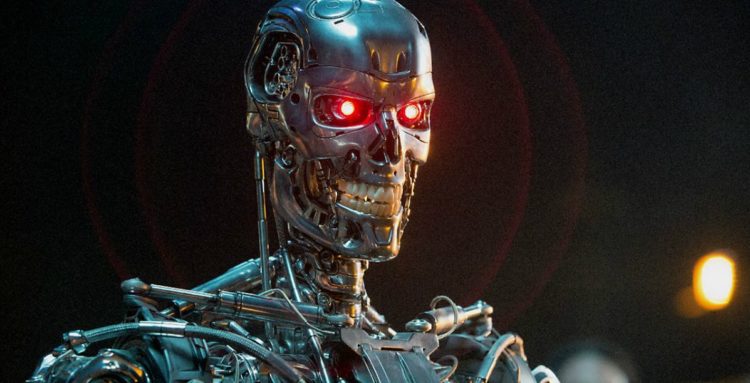
By IW Staff |
Industrial companies have found highly effective ways to scale their digital innovation efforts, resulting in much higher returns on digital investment, according to new Industry X.0 research from Accenture.
These “Champions” consistently scale more of their proofs of concepts (PoCs) and achieve higher-than-average returns on their efforts compared to their peers.
For the research, which was unveiled at Hannover Messe in Germany on April 3, Accenture surveyed 1,350 senior and C-suite executives from industrial businesses across 13 industries, representing both discrete and process manufacturing. The key finding: while all companies surveyed were investing to scale their innovation efforts beyond the PoC stage, only a small group of them – the 22% Champions – reached expected earnings.
Industrial companies have found highly effective ways to scale their digital innovation efforts, resulting in much higher returns on digital investment, according to new Industry X.0 research from Accenture.
These “Champions” consistently scale more of their proofs of concepts (PoCs) and achieve higher-than-average returns on their efforts compared to their peers.
For the research, which was unveiled at Hannover Messe in Germany on April 3, Accenture surveyed 1,350 senior and C-suite executives from industrial businesses across 13 industries, representing both discrete and process manufacturing. The key finding: while all companies surveyed were investing to scale their innovation efforts beyond the PoC stage, only a small group of them – the 22% Champions – reached expected earnings.
“Scaling innovation is critical for digital transformation success, but clearly presents a challenge for many organizations,” said Mike Sutcliff, group chief executive of Accenture Digital. “The key question is, therefore – how can companies succeed at it? The Champions we found in our research are very strategic. They leverage four specific management best practices to specify the value they’re seeking to create, and then focus on changing their organization. To them, it’s not about scaling more – even though they do that – it’s about scaling better.”
The Rewards for Being a Champion
Industrial companies have found highly effective ways to scale their digital innovation efforts, resulting in much higher returns on digital investment, according to new Industry X.0 research from Accenture.
These “Champions” consistently scale more of their proofs of concepts (PoCs) and achieve higher-than-average returns on their efforts compared to their peers.
For the research, which was unveiled at Hannover Messe in Germany on April 3, Accenture surveyed 1,350 senior and C-suite executives from industrial businesses across 13 industries, representing both discrete and process manufacturing. The key finding: while all companies surveyed were investing to scale their innovation efforts beyond the PoC stage, only a small group of them – the 22% Champions – reached expected earnings.
“Scaling innovation is critical for digital transformation success, but clearly presents a challenge for many organizations,” said Mike Sutcliff, group chief executive of Accenture Digital. “The key question is, therefore – how can companies succeed at it? The Champions we found in our research are very strategic. They leverage four specific management best practices to specify the value they’re seeking to create, and then focus on changing their organization. To them, it’s not about scaling more – even though they do that – it’s about scaling better.”
The Rewards for Being a Champion
The best-performing companies in the sample scale more than 50% of their PoCs. They also expect much higher returns from their efforts than their peers. Most importantly, they tend to not only meet these high expectations – but to exceed them.
Accenture’s research found that,…Continue reading
Article source: https://www.industryweek.com/technology-and-iiot/companies-learn-scale-digital-innovation-see-strong-returns











You must be logged in to post a comment.